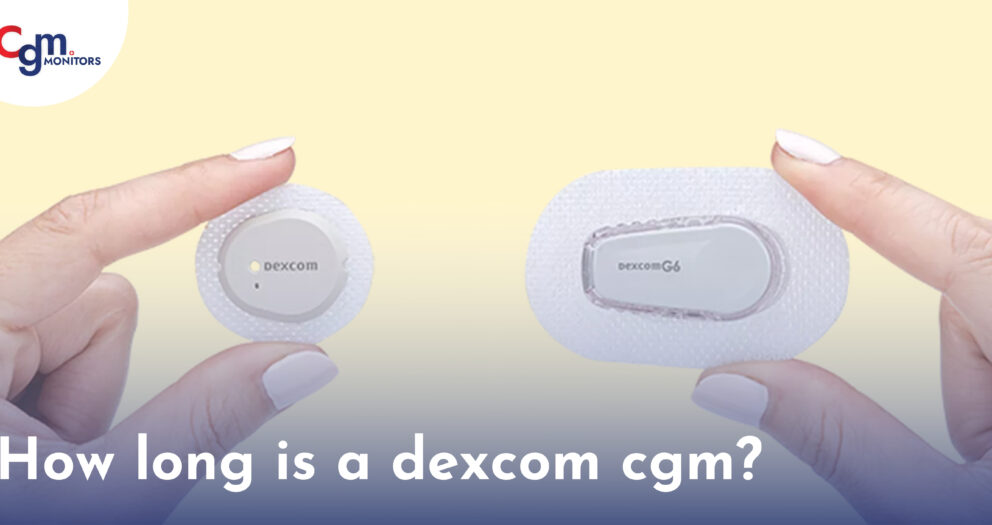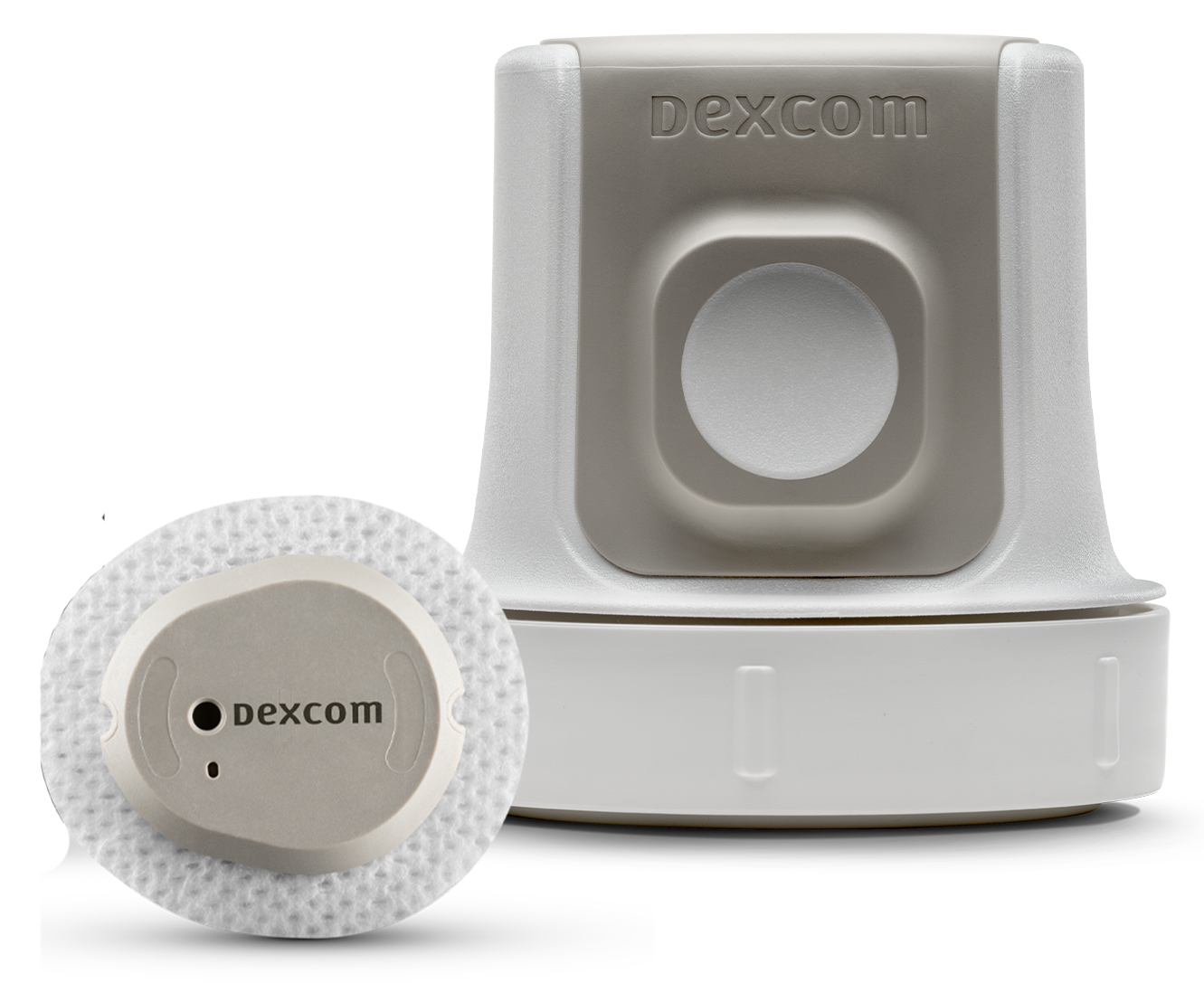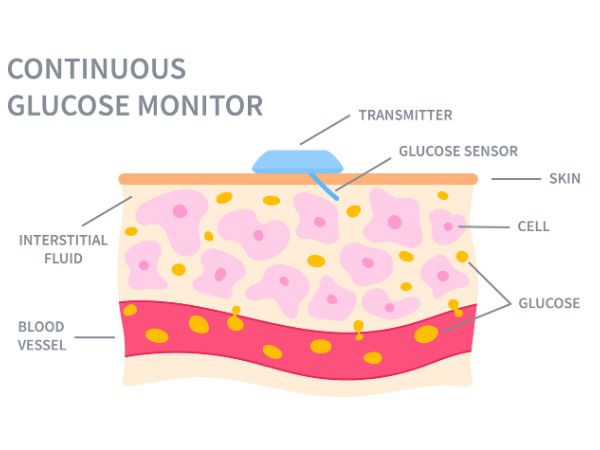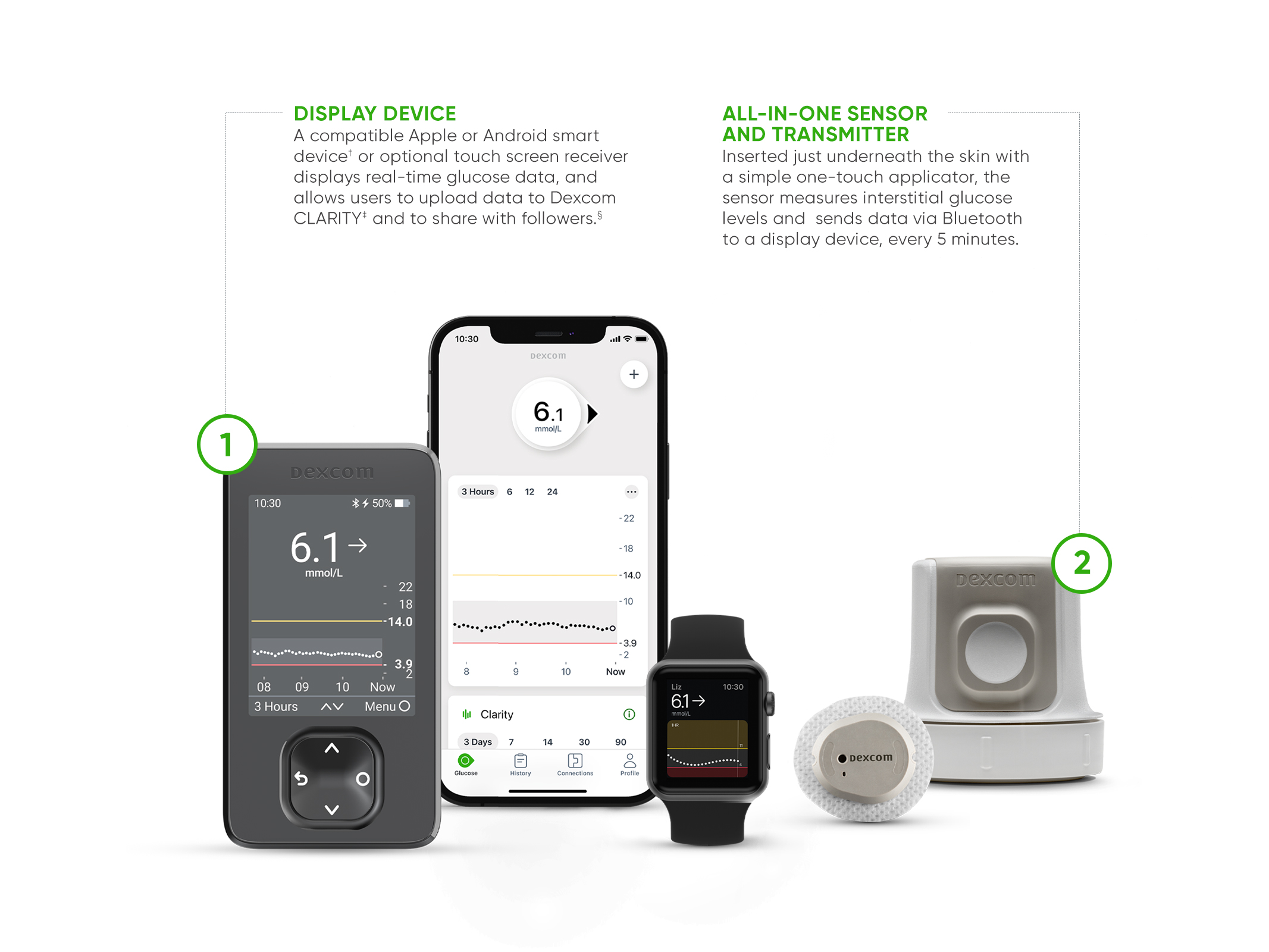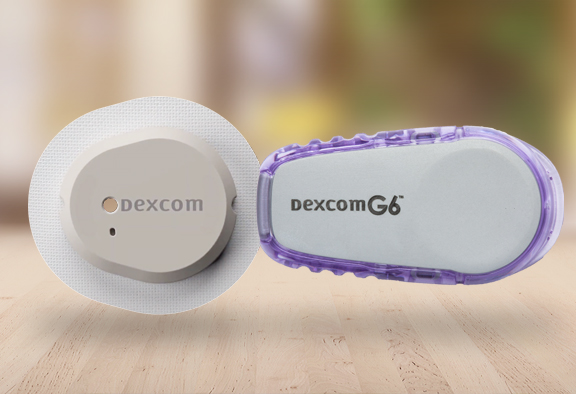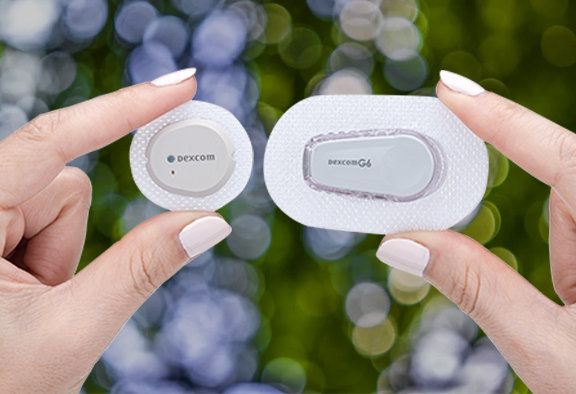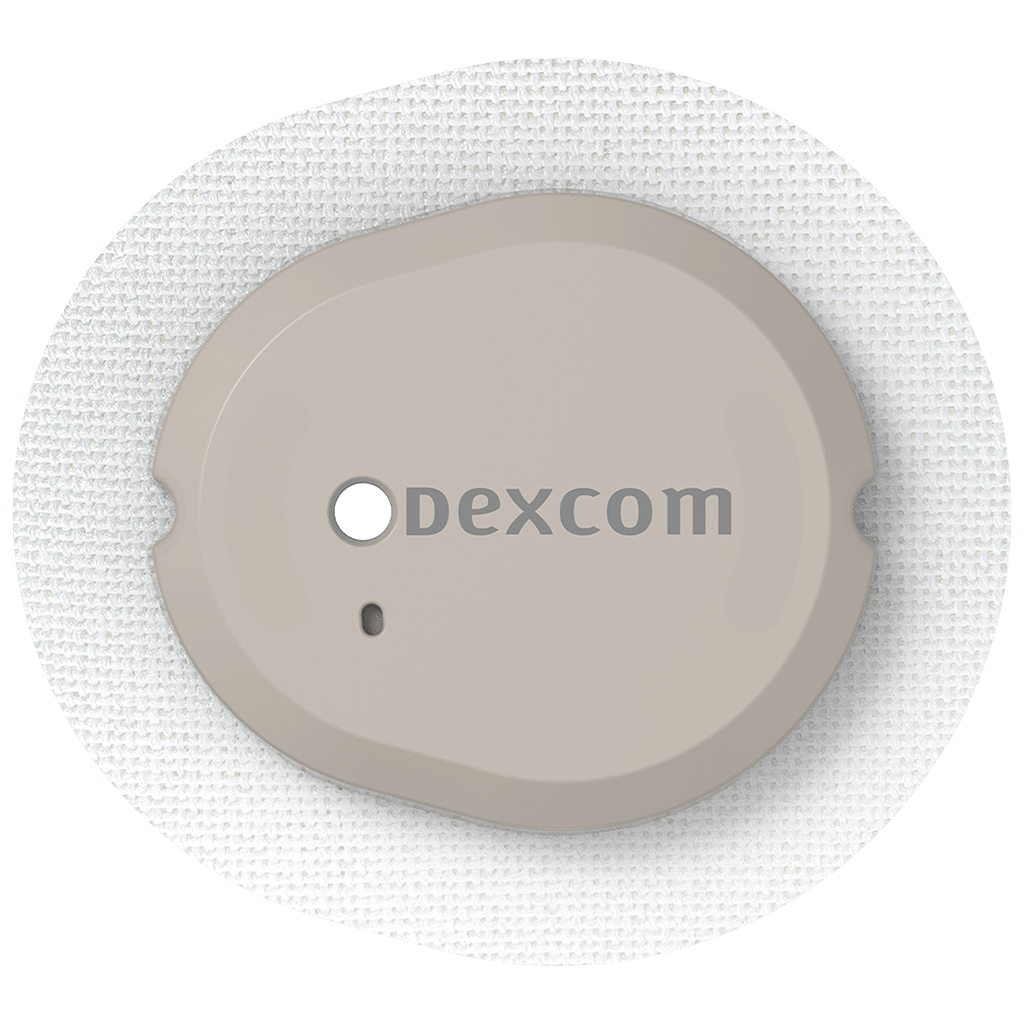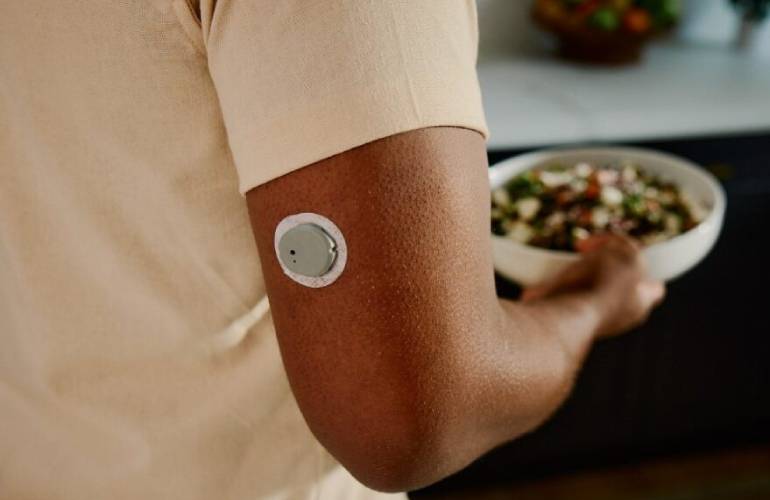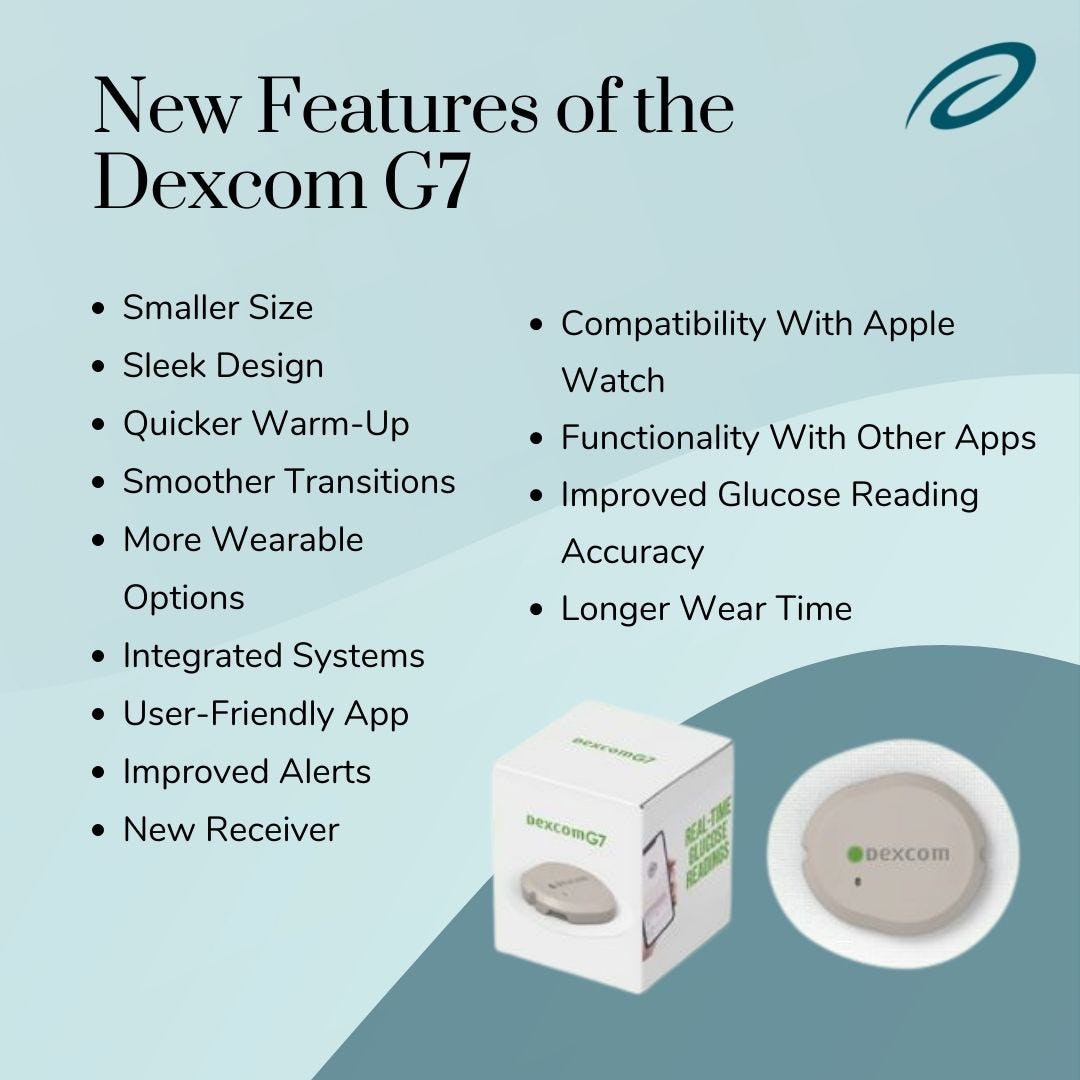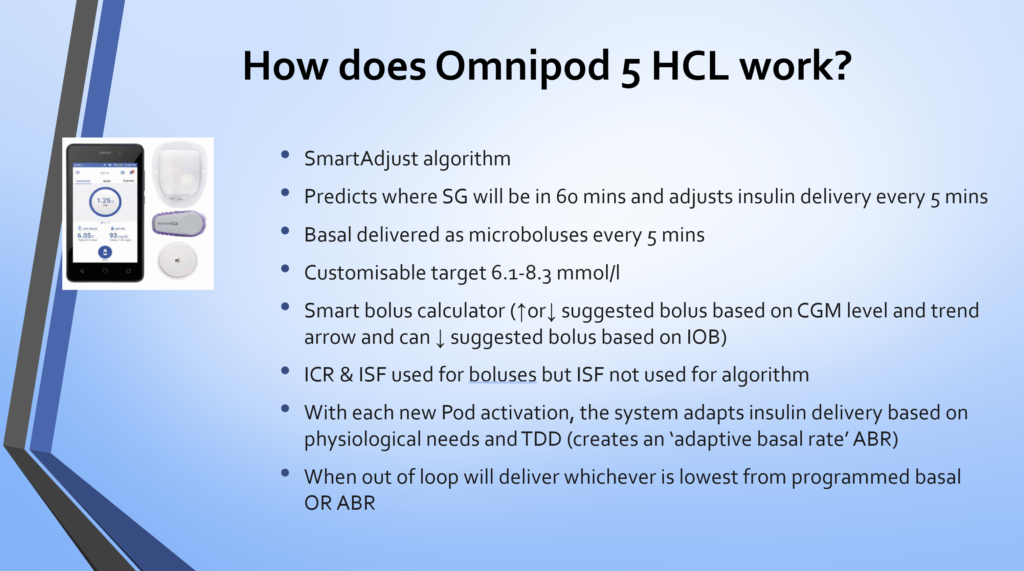How Long Does The G7 Sensor Last
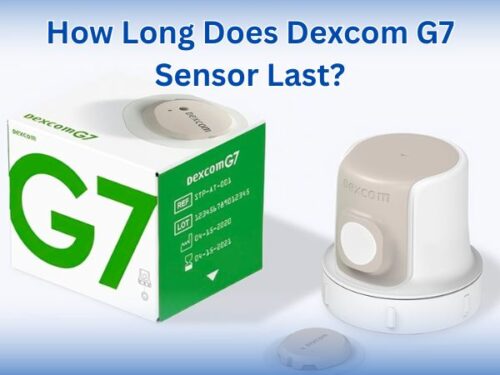
Imagine a world where monitoring your health feels less like a chore and more like a seamless part of your day. A small, discreet sensor, working tirelessly to provide real-time insights into your glucose levels. This is the promise of Continuous Glucose Monitoring (CGM) systems, and the G7 sensor, the latest offering from Dexcom, is at the forefront.
This article delves into the lifespan of the Dexcom G7 sensor, exploring its functionality and examining what users can realistically expect in terms of wear time and performance. Understanding the duration and reliability of the G7 sensor is crucial for individuals managing diabetes and healthcare professionals recommending these devices.
The Dexcom G7: A New Era in CGM Technology
The Dexcom G7 represents a significant advancement in CGM technology. It’s designed to be smaller, more user-friendly, and more accurate than its predecessors. This next-generation system simplifies diabetes management by providing continuous glucose readings directly to a smartphone or receiver, eliminating the need for fingersticks for calibration or routine glucose checks.
Understanding Sensor Lifespan
The Dexcom G7 sensor is officially approved for up to 10 days of use, plus a 12-hour grace period at the end. This means that once the sensor is activated, it can continuously monitor glucose levels for approximately 240 hours. This extended lifespan is a key feature, offering convenience and reducing the frequency of sensor replacements compared to earlier models or some competitor devices.
It's worth noting that the "grace period" is designed to provide flexibility. Users can replace the sensor at their convenience within that 12-hour window without disrupting their glucose monitoring.
Factors Affecting Sensor Life
While the G7 sensor is designed to last for 10 days, several factors can influence its actual performance and lifespan. Skin preparation is crucial; proper cleaning and drying of the application site can significantly improve adhesion and sensor accuracy. Hydration also plays a role; some users report that staying well-hydrated can help maintain sensor performance throughout the 10-day period.
External factors like physical activity and environmental conditions can also affect sensor longevity. Excessive sweating or exposure to extreme temperatures might impact the adhesive or sensor function. Additionally, individual body chemistry and immune responses can vary, potentially affecting how long the sensor remains accurate and reliable.
The Importance of Accurate Readings
The reliability of the CGM sensor is paramount. The G7 is engineered to provide accurate and consistent glucose readings, enabling users to make informed decisions about their insulin dosage, diet, and activity levels. Regular calibration is not required with the G7, simplifying the user experience and reducing the burden of diabetes management.
However, it's essential to be aware of potential discrepancies. While the G7 boasts improved accuracy compared to earlier models, sensor readings can sometimes deviate from actual blood glucose levels. Factors such as compression lows (when pressure on the sensor distorts readings) and individual physiological responses can contribute to these variations.
User Experiences and Best Practices
User feedback on the Dexcom G7 sensor is generally positive, with many appreciating its ease of use and extended lifespan. However, some users have reported issues with sensor adhesion, particularly in certain areas of the body. Proper site selection and the use of adhesive overlays or tapes can help address these challenges.
Best practices for maximizing sensor life include carefully following the manufacturer's instructions for application and wear. It's also crucial to monitor the sensor site for any signs of irritation or infection. If redness, swelling, or pain develops, discontinue use and consult a healthcare professional.
Many users find that rotating sensor sites regularly helps prevent skin irritation and improve adhesion. Experimenting with different application locations, such as the abdomen or upper arm (as approved by Dexcom), can help identify the most suitable site for individual needs.
Comparing G7 to Previous Models
The Dexcom G7 builds upon the success of its predecessor, the G6, offering several key improvements. One of the most notable enhancements is the all-in-one applicator, which simplifies the insertion process. The G7 is also significantly smaller, making it more discreet and comfortable to wear. The faster warmup time (30 minutes versus 2 hours for the G6) is another welcome feature.
While the G6 also had a 10-day sensor life, the G7's improved accuracy and user-friendly design make it a compelling upgrade for many users. The reduced warmup time and smaller size contribute to a more seamless and convenient experience.
Regulatory Approvals and Availability
The Dexcom G7 has received regulatory approvals in various countries, including the United States and Europe. Its availability may vary depending on location and insurance coverage. Individuals interested in using the G7 should consult with their healthcare provider to determine if it's the right choice for their diabetes management needs.
Healthcare professionals can provide guidance on sensor selection, application techniques, and troubleshooting potential issues. They can also help individuals navigate insurance coverage and access programs that may assist with the cost of CGM systems.
The Future of CGM Technology
The Dexcom G7 represents just one step in the ongoing evolution of CGM technology. Researchers and manufacturers are constantly working to develop even more advanced sensors that are smaller, more accurate, and longer-lasting. The future of CGM may involve fully implantable sensors that can continuously monitor glucose levels for months or even years at a time.
The development of closed-loop systems, also known as artificial pancreases, is another exciting area of innovation. These systems combine a CGM sensor with an insulin pump, automatically adjusting insulin delivery based on real-time glucose readings. Such systems have the potential to significantly improve glycemic control and reduce the burden of diabetes management.
Conclusion
The Dexcom G7 sensor offers a valuable tool for individuals managing diabetes, providing continuous glucose monitoring for up to 10 days plus a 12 hour grace period. Its ease of use, improved accuracy, and extended lifespan make it a popular choice among users and healthcare professionals.
While individual experiences may vary, understanding the factors that can affect sensor life and following best practices for application and wear can help maximize the benefits of this innovative technology. As CGM technology continues to advance, the future looks bright for individuals seeking to improve their diabetes management and overall quality of life.
